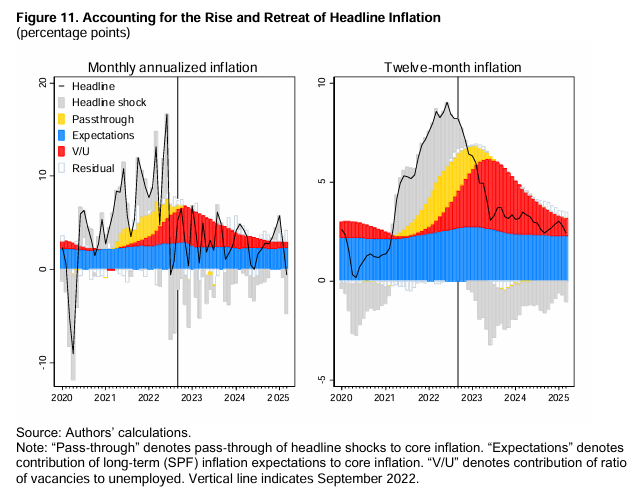というNBER論文が上がっている(ungated(SSRN)版)。原題は「The Decline of Bank Branching」で、著者はRajesh P. Narayanan(ルイジアナ州立大)、Dimuthu Ratnadiwakara(リッチモンド連銀)、Philip Strahan(ボストン大)。
以下はその要旨。
We study U.S. bank branch openings and closings from 2001 to 2023. Both are more common in areas with low deposit franchise value, a consequence of greater interest-rate sensitivity among financially sophisticated households with higher digital banking adoption. The effects are strongest for large banks. Lending plays a minimal role. Incumbents retain branches where depositors are less sensitive to rates because they can extract deposit spreads; entrants avoid such markets because sticky customers are difficult to attract. The pandemic accelerated closures by increasing digital reliance. Our findings highlight deposit franchise value as the primary driver of modern branch restructuring.
(拙訳)
我々は2001年から2023年までの米国の銀行支店の開設と閉鎖を調べた。両方とも預金のフランチャイズバリューが低い地域でより一般的だが、これは、デジタルバンキング利用割合の高い、金融的に洗練された家計において、金利への感応度がより高いことの帰結である。この効果は大手銀行で最も強い。融資は最低限の役割しか果たさない。預金が金利にそれほど反応しない地域に既に支店がある銀行は、預金スプレッドを獲得できるため、その支店を維持する。新規参入者はそうした市場を避けるが、それは粘着的な顧客を惹きつけるのが難しいためである。コロナ禍は、デジタル依存を高めることで閉鎖を加速した。我々の発見は、預金のフランチャイズバリューが現代の支店再編の主要因となっていることを明らかにする。
結論部の冒頭では、「Banks opened new branches at a higher rate than they closed them until the GFC, when this pattern reversed sharply」と書かれている。 銀行の空間経済学 - himaginary’s diaryや銀行支店密度と銀行取り付け騒ぎ - himaginary’s diaryで紹介したように銀行支店に関する研究が時々NBERに上がっているが、かつての拡大とその後の縮小が経済学的な背景を追究したいというインセンティブを掻き立てるのかもしれない。



